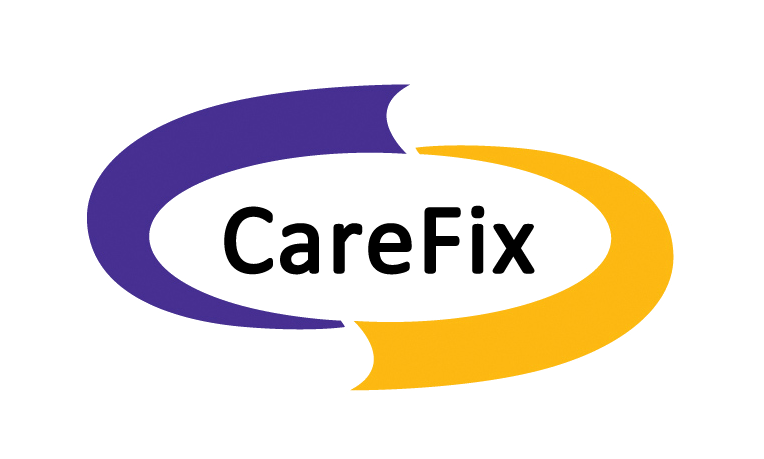Revolutionary Advances in Minimally Invasive Spinal Stabilization
The evolution of spinal surgery has witnessed remarkable progress with the introduction of sophisticated instrumentation systems. At the forefront of this advancement is the posterior nail rod system, which utilizes specialized orthopedic screws to achieve optimal spinal stabilization while minimizing tissue trauma. This innovative approach has transformed the landscape of spine surgery, offering patients shorter recovery times and improved outcomes.
Modern spinal surgery increasingly emphasizes minimally invasive techniques, with the posterior nail rod system emerging as a groundbreaking solution. The system's precision-engineered orthopedic screws work in harmony with connecting rods to provide robust spinal fixation through smaller incisions, marking a significant departure from traditional open surgical methods.
Technical Components and Surgical Implementation
Advanced Hardware Design
The posterior nail rod system's foundation lies in its sophisticated hardware components. The system employs specialized orthopedic screws manufactured from medical-grade titanium alloys, offering superior biocompatibility and mechanical strength. These screws feature optimized thread patterns that enhance bone purchase while minimizing the risk of loosening over time.
Engineers have meticulously designed the screw heads to accommodate various rod diameters and angles, providing surgeons with unprecedented flexibility in addressing complex spinal anatomies. The system's modular nature allows for customization based on individual patient needs, making it adaptable to diverse clinical scenarios.
Surgical Technique Refinements
The implementation of the posterior nail rod system demands precise surgical technique. Surgeons utilize advanced imaging guidance to determine optimal entry points for orthopedic screws, ensuring accurate placement while avoiding critical neurovascular structures. The procedure begins with small paramedian incisions, through which specially designed instruments guide screw placement.
The connecting rods are then carefully contoured and secured to the screw heads, creating a stable construct that maintains spinal alignment. This technique minimizes muscle dissection and retraction, resulting in reduced postoperative pain and faster rehabilitation compared to traditional open procedures.
Clinical Benefits and Patient Outcomes
Enhanced Recovery Profiles
One of the most significant advantages of the posterior nail rod system lies in its impact on patient recovery. By utilizing smaller incisions and causing less tissue disruption, patients typically experience reduced postoperative pain and shorter hospital stays. The precise placement of orthopedic screws through minimally invasive corridors helps preserve important muscular attachments, facilitating faster return to daily activities.
Studies have demonstrated that patients undergoing procedures with this system often require fewer pain medications and show improved early mobility compared to those treated with conventional techniques. This translates to reduced risk of complications associated with prolonged bed rest and faster overall recovery trajectories.
Long-term Clinical Success
The durability and effectiveness of the posterior nail rod system have been well-documented through long-term follow-up studies. The robust fixation provided by the orthopedic screws maintains spinal stability while promoting optimal conditions for fusion when indicated. Radiographic analyses show excellent maintenance of correction and low rates of hardware-related complications.
Patient satisfaction scores consistently reflect favorable outcomes, with many individuals reporting significant improvement in their quality of life following surgery. The system's reliability in maintaining spinal alignment while allowing for natural motion in unfused segments contributes to its long-term success.

Technological Integration and Future Developments
Navigation and Robotics
The integration of advanced navigation systems has further enhanced the precision of orthopedic screws placement in posterior nail rod procedures. Computer-assisted navigation provides real-time, three-dimensional guidance, enabling surgeons to achieve optimal screw trajectories with unprecedented accuracy. Robotic assistance platforms are increasingly being incorporated, offering additional precision and consistency in instrumentation placement.
These technological advancements not only improve surgical accuracy but also reduce radiation exposure for both surgical team and patient. The combination of sophisticated imaging and robotics continues to push the boundaries of what's possible in minimally invasive spine surgery.
Material Science Innovations
Ongoing research in material science is yielding exciting developments in orthopedic screws and rod designs. New alloy compositions promise enhanced strength-to-weight ratios and improved osseointegration properties. Surface modifications and coating technologies are being explored to promote better bone-implant interface and reduce the risk of adjacent segment degeneration.
Smart materials that can adapt to physiological loads and promote tissue healing are on the horizon, potentially revolutionizing the field of spinal instrumentation. These innovations aim to further improve the clinical outcomes and durability of posterior nail rod systems.
Frequently Asked Questions
What makes the posterior nail rod system minimally invasive?
The system utilizes specialized instruments and techniques that allow for the placement of orthopedic screws and rods through small incisions, minimizing tissue damage and preserving important anatomical structures. This approach results in less postoperative pain and faster recovery compared to traditional open surgery.
How long is the recovery period after surgery?
Recovery time varies among patients, but most individuals can return to light activities within 2-4 weeks after surgery. Full recovery and return to more strenuous activities typically occurs within 3-6 months, significantly faster than recovery from traditional open procedures.
What are the advantages of titanium orthopedic screws in this system?
Titanium orthopedic screws offer excellent biocompatibility, superior strength-to-weight ratio, and enhanced resistance to corrosion. They are also compatible with modern imaging techniques, allowing for better postoperative monitoring and long-term follow-up.
How does navigation technology improve screw placement accuracy?
Advanced navigation systems provide real-time, three-dimensional imaging guidance during surgery, enabling surgeons to visualize optimal screw trajectories and avoid critical structures. This technology significantly improves the accuracy of orthopedic screws placement and reduces the risk of complications.

